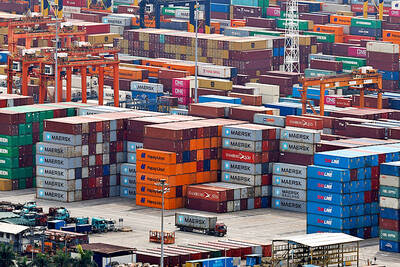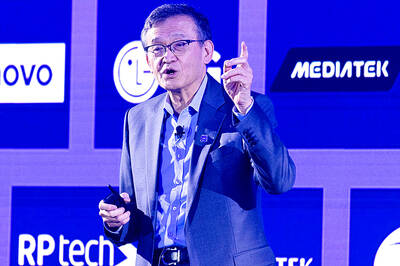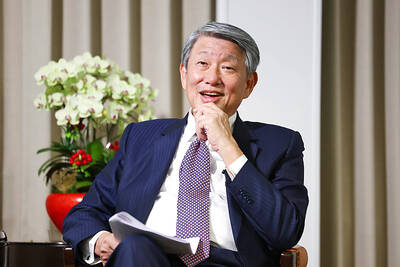Amazon.com, the world’s largest online retailer, plans to introduce the next version of its Kindle electronic book reader in August, according to sources familiar with the company’s plans.
The device will be thinner and have a more responsive screen with a sharper picture, the sources said, whilst asking to remain anonymous because the plans have yet to be made public.
The new Kindle will not include a touch screen or color, they said.
Amazon.com, which introduced the Kindle in 2007, faces increased competition from Apple Inc’s iPad — a color tablet device that lets users browse the Web, watch video and read digital books. The new Kindle may be aimed more at Amazon.com’s original e-reader competitors — Sony Corp and Barnes & Noble — than the newer threat from the iPad, an analyst at Forrester Research, James McQuivey said.
“It’s probably likely that Amazon already had this one in mind, more out of a response to Sony than out of any response to Apple,” McQuivey said.
Amazon.com may not have a direct challenge to the iPad this year, he said.
Chief Executive Officer Jeff Bezos said this week that the company was concentrating on wooing committed book readers and that a color display screen is “some ways out.”
“I’ve seen some stuff in the laboratory, but it’s not quite ready for prime-time production,” Bezos said on May 25 at the company’s annual shareholders meeting.
The Kindle uses a black-and-white screen that mimics the appearance of paper. The new version will have sharper contrast to make e-books look more like real books, sources revealed. The delay during page turns will also be shortened. The iPad, meanwhile, uses a full-color LCD screen.
Sony is taking on the Kindle with a touch-screen reader, which it introduced last year. Barnes & Noble’s Nook device made its debut in October.

Nvidia Corp CEO Jensen Huang (黃仁勳) today announced that his company has selected "Beitou Shilin" in Taipei for its new Taiwan office, called Nvidia Constellation, putting an end to months of speculation. Industry sources have said that the tech giant has been eyeing the Beitou Shilin Science Park as the site of its new overseas headquarters, and speculated that the new headquarters would be built on two plots of land designated as "T17" and "T18," which span 3.89 hectares in the park. "I think it's time for us to reveal one of the largest products we've ever built," Huang said near the

China yesterday announced anti-dumping duties as high as 74.9 percent on imports of polyoxymethylene (POM) copolymers, a type of engineering plastic, from Taiwan, the US, the EU and Japan. The Chinese Ministry of Commerce’s findings conclude a probe launched in May last year, shortly after the US sharply increased tariffs on Chinese electric vehicles, computer chips and other imports. POM copolymers can partially replace metals such as copper and zinc, and have various applications, including in auto parts, electronics and medical equipment, the Chinese ministry has said. In January, it said initial investigations had determined that dumping was taking place, and implemented preliminary

Intel Corp yesterday reinforced its determination to strengthen its partnerships with Taiwan’s ecosystem partners including original-electronic-manufacturing (OEM) companies such as Hon Hai Precision Industry Co (鴻海精密) and chipmaker United Microelectronics Corp (UMC, 聯電). “Tonight marks a new beginning. We renew our new partnership with Taiwan ecosystem,” Intel new chief executive officer Tan Lip-bu (陳立武) said at a dinner with representatives from the company’s local partners, celebrating the 40th anniversary of the US chip giant’s presence in Taiwan. Tan took the reins at Intel six weeks ago aiming to reform the chipmaker and revive its past glory. This is the first time Tan

CUSTOMERS’ BURDEN: TSMC already has operations in the US and is a foundry, so any tariff increase would mostly affect US customers, not the company, the minister said Taiwanese manufacturers are “not afraid” of US tariffs, but are concerned about being affected more heavily than regional economic competitors Japan and South Korea, Minister of Economic Affairs J.W. Kuo (郭智輝) said. “Taiwan has many advantages that other countries do not have, the most notable of which is its semiconductor ecosystem,” Kuo said. The US “must rely on Taiwan” to boost its microchip manufacturing capacities, Kuo said in an interview ahead of his one-year anniversary in office tomorrow. Taiwan has submitted a position paper under Section 232 of the US Trade Expansion Act to explain the “complementary relationship” between Taiwan and the US